With the Google Pixel 7 only a few weeks away from making its official debut, a lot of Pixel fans are no doubt waiting to see what Google has to offer with its latest flagship phone. However, you might be after a more affordable Pixel alternative without having to settle for a much older device, in which case you might be tempted by the price tag on the Pixel 6a.
With that said, we’re going to take a look at both devices and see what you should go with – let’s get started!
Design and Display
![]()
At first glance, both devices will look very similar in terms of design, albeit with a few key differences. Both the Pixel 6a and 7 will come with a familiar look that was first introduced with the Pixel 6 series last year, with metallic sides, glossy finishes, and a large camera window at the back.
In the case of the Pixel 6a, Google has opted for a glossy plastic finish instead of a Gorilla Glass panel at the back, with a smaller camera window that’s a bit more flush with the rest of the phone. On the front you’ll find a 6.1-inch OLED display with Gorilla Glass 3, which is smaller compared to what you’ll find on a lot of Android phones these days. Overall, it makes for a compact device that’s easy to handle, something that’s routinely missed these days.
![]()
On the other hand, the Pixel 7 just screams premium all over – from the more vibrant-looking metal sides, to the full Gorilla Glass coverage all over the phone, as well as a redesigned camera window that features more coverage for the lens. It’s also got a slightly larger screen that’s expected to come with a 90Hz refresh rate as on last year’s Pixel 6 – this alone puts it at an advantage against the Pixel 6a’s lower 60Hz refresh rate, which according to your personal preferences may or may not affect your user experience.
If you’d rather go all-out for a more premium feel (and if a compact size isn’t an issue for you), then there’s no doubt that the Pixel 7 will be the device to go with.
Processing Power and Internals
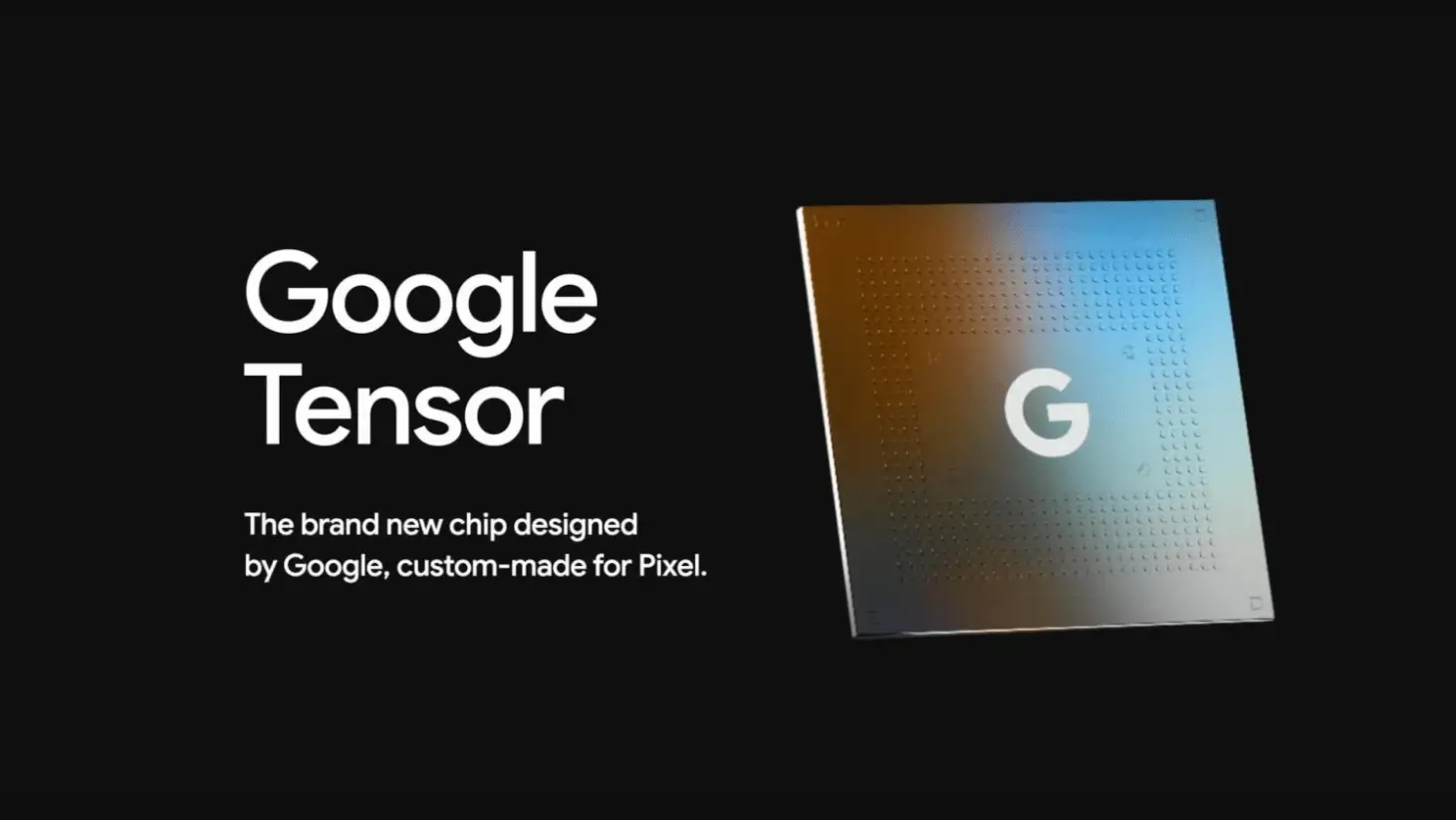
In terms of performance, the two phones have significant differences – for one, the Pixel 6a comes with last year’s Google Tensor chip, which was first introduced with the Pixel 6 series. Given the budget nature of the phone, it’s understandable that google has kept the RAM count to a somewhat humble 6GB.
That’s not to say that it’s slow, however – I was able to run games like XCOM 2 Collection on the Pixel 6a, and while the phone did experience heating during gameplay, it was nevertheless able to run the title without any freezes. Casual users (who are the main target audience for this phone) will get smooth performance especially if they stick to moderate tasks like media streaming, web browsing, and such.
With that said though, the Pixel 7 will come with the second-generation Google Tensor chip, which will no doubt offer improvements with performance, power efficiency, and overall power. And given that the Pixel 7 sits on the more premium side of things, it’s not surprising if we get 8GB of RAM, which will be more ideal for multi-tasking, and running demanding games.
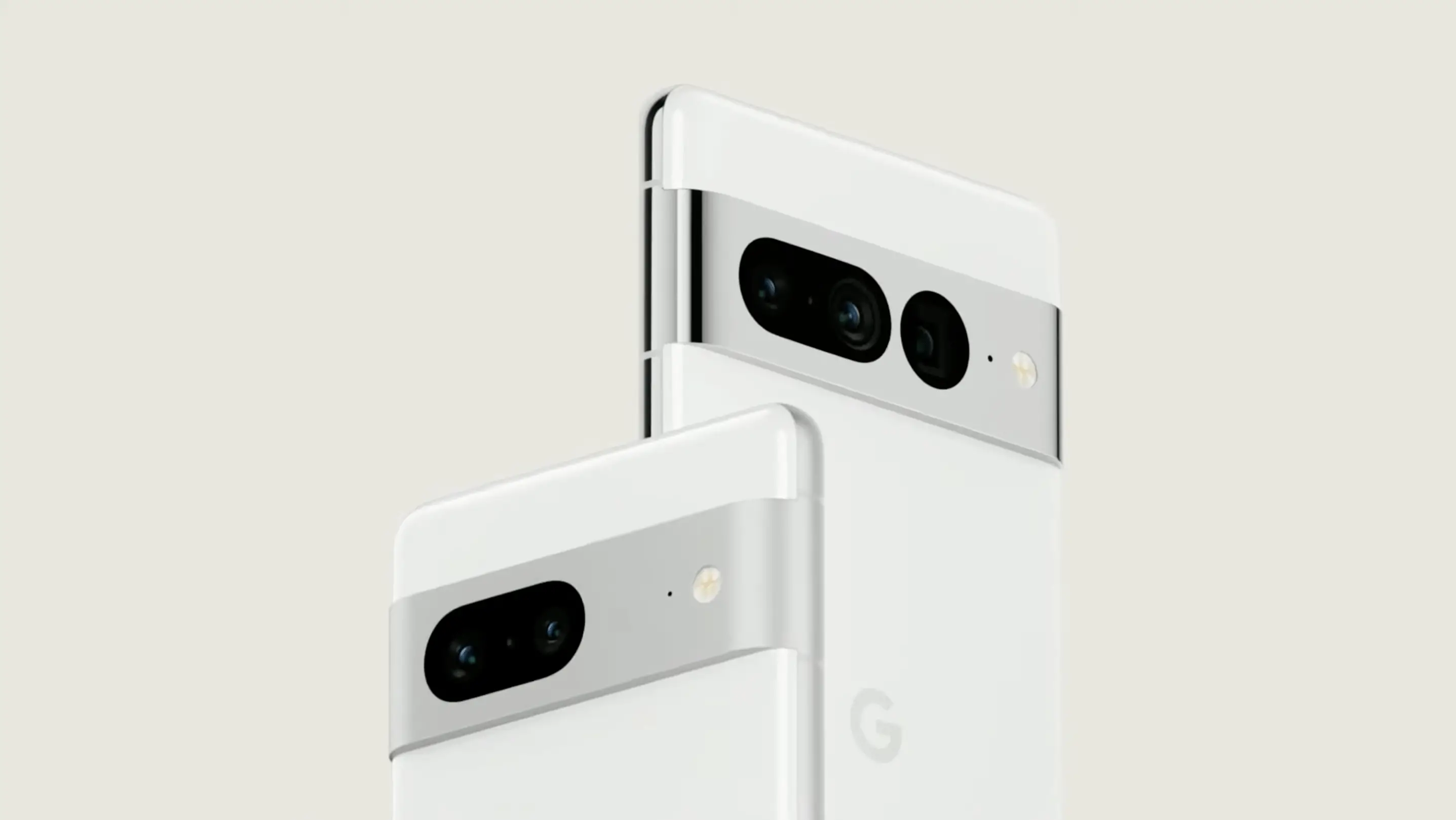
Since the phone hasn’t been released yet, there are of course no benchmarks at the moment, but we think it can be easily said that the second-gen Tensor chip will have an edge over last year’s Google-exclusive SoCs.
In terms of battery capacity, the Pixel 7 will no doubt have an advantage over its budget sibling, which only comes with a 4,410 mAh battery. Given that the Pixel 6 came with a 4,600 mAh unit, we can expect this year’s flagship model to feature a similarly-sized battery capacity (or possibly even a larger one) which will outsize the power cell in the 6a.
Cameras
One of the highlights of owning a Pixel device is that Google optimizes the hardware and software in their Pixels to give users the best possible photo quality from their smartphone. While the Pixel 7 and 6a will share several similarities when it comes to cameras, it should be noted that there are a few caveats that should be taken into consideration.
The Pixel 6a and 7 will both come with dual-camera set-ups on the rear panel, as Google reserves its third lens for its “Pro” models. However, the Pixel 6a only features a pair of 12-megapixel sensors, a standard which it has used for its older handset models. At this point in time, it pales in comparison to what was available on last year’s Pixel 6, which came with a 50-megapixel main sensor. If Google follows this trend, we might see a similar megapixel count for the 7, in which case the limitations of the 6a’s hardware will be more apparent.
That’s not to say that the Pixel 6a takes terrible pictures though – shots still come out looking clean on the 6a, and modes like Night Sight and Portrait photos add some great value to an otherwise “plain” camera phone.
The 6a unfortunately loses out on certain camera modes, and features like Action Pan are absent on the more affordable Google phone. If the Pixel 7 is anything like the 6 in terms of optics (which we imagine it will be), then folks looking for a more capable point-and-shoot camera might opt for the Pixel 7 as it will predictably come with more features, made possible by the more capable hardware.
Price
![]()
Perhaps one area where the 6a trumps the 7 is with pricing – while we still don’t know the official cost of the Pixel 7, it’s safe to say that it might be around the same 600-dollar ballpark that the Pixel 6 came with. While this price is a lot more affordable than most flagship smartphones, it isn’t exactly in mid-range territory.
On the other hand, the Pixel 6a is priced at just $450, making it the more wallet-friendly option of the two phones. You can probably get it even lower through a carrier or during holiday sales. In the bigger scheme of things though, getting a smartphone will ultimately depend on your budget, personal needs, as well as usage.
What do you think – are the compromises in specs and power worth it for the Pixel 6a? Or will you be waiting for this year’s Google flagship? Let us know in the comments below.

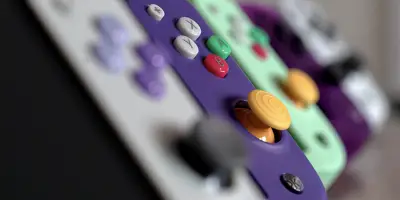
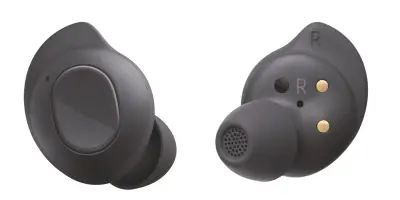
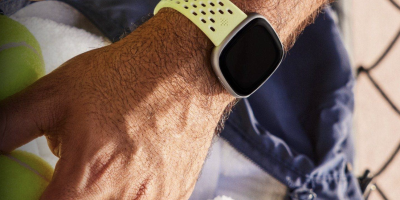
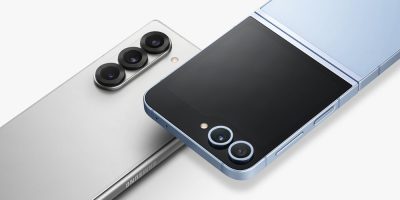






Comments